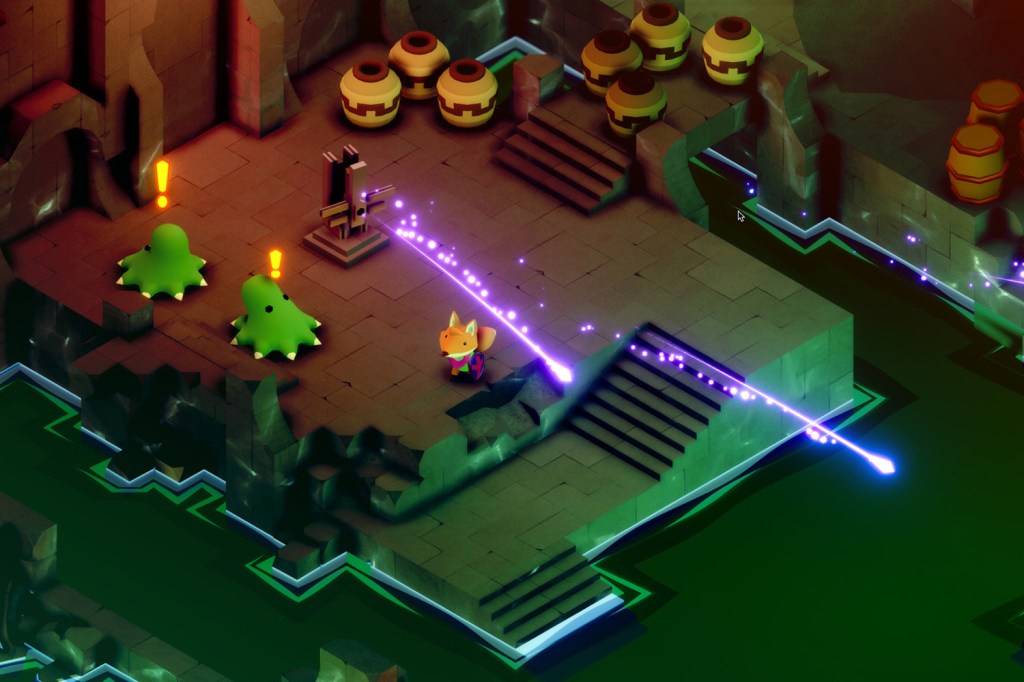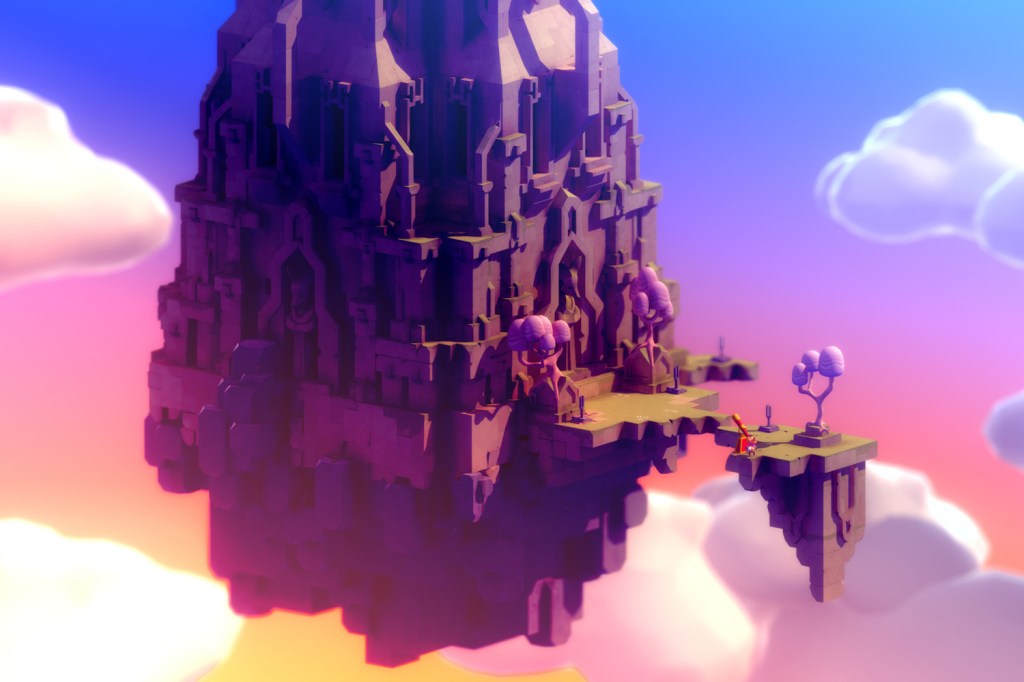Stuff meets BAFTA-winning indie developer Andrew Shouldice
Tunic developer talks quitting his job to make his debut game

Tunic, the 2022 adventure inspired by The Legend of Zelda, just took home two BAFTAs at this year’s BAFTA Games Awards, including for Debut Game and Artistic Achievement. We spoke to developer Andrew Shouldice after the ceremony to hear how he quit his job and embarked on a seven-year journey to make his first game.
I quit my job to make Tunic
I worked at a small casual game studio in my hometown in Halifax, Nova Scotia, but I wouldn’t call them my own games. They were also not the sort of things that thrilled me and filled me with excitement of exploration.
During that time, I did a lot of Game Jam stuff and worked on my own personal projects, and I realised that the only way that I got things done was when I was working within constraints. So I thought, if I quit my job, that’s the ultimate time constraint: you’re gonna run out of money!
I didn’t plan to make a Zelda-like game

I didn’t want to make a game that is exactly like Zelda, it’s just that Zelda has a monopoly on sword-and-shield and mediaeval lighthearted fantasy adventures. It’s true that there’s a lot of influence there, Tunic wears its influence on its sleeve with the name of the game, even the protagonist. But if it was meant to evoke any of those games, it would have been the very first Zelda game, mostly because of my memories of being a kid, and having this really specific feeling of anticipation or wonder about the unknown just on the horizon.
I came up with the world you explore before the fox
In my head for a long time there had been this very specific but highly abstract idea. I knew exactly what the feeling was, but I didn’t have a good word for it. The best explanation is about mystery, the excitement of discovering and knowing there’s a lot to discover. I always wanted to make a game that was like that, full of secrets just beneath the surface. I started experimenting with bounce lighting on isometric geometry. And it was just, wow, this is so lush, it’s got a real physicality to it. I just started iterating on it at that point.
[The fox protagonist] was also very early. Personality, for me, is really important. Anytime I’m designing something, whether it be an area or a boss, it starts with personality. I’m not especially good at being like, this is an enemy that attacks 30 degrees to the left and has a four second timing after each attack. I’m starting from a point of what is the emotion and personality, and so creating a player character was really important. At the time, I hadn’t done a whole lot of 3D modelling, so the fox was an easy answer to how to make an appealing character that a lot of people can identify with without needing to make a realistic character or have a character creator.
Tunic took seven years to make because of constant iteration

I’m like, the 3D model of the grass was made on day two and wasn’t changed, or this enemy was animated in Unity and hasn’t changed. But most areas and enemies were built up, torn down, and rebuilt again. And that takes a long time. It took a while to really find what the game was. There wasn’t a moment where it was like, ‘Aha, we cracked the code!’ It was just a slow evolution of realising what parts worked together.
One of the things that I find most challenging in game design is macro scale. I love hiding a nook or cranny with secrets in it: What do you hide in those places? Why is the player motivated to go there? Why is it interesting enough to get there? What goal is it leading towards? What is the goal after that? How does that tie into everything else? And how does the game end? Like all of those questions are so big that it was really challenging to sort of decide how it was structured.
Challenging combat was part of the game’s philosophy…
Whether it’s a world that’s full of puzzles, or a world that has a language written everywhere that you don’t understand, or whether it’s really challenging combat, I think all of these things are different facets of the same idea which is trying to make a place that feels appropriately hostile and exciting. The good treasures are hidden in the places where people don’t want you to be, right?
…But I get that some people don’t like difficult combat!
I really like that feeling of being in a really hostile environment, but some people don’t. Some people also don’t like puzzles, but those are very easy to look up. But combat is much harder. It was an easy decision to add invincibility because some people don’t like combat. Some talented designers can make sure that combat is exquisitely balanced. But if you want to, you can just turn that off, and then I as a designer don’t need to worry about it being perfectly tuned to everybody. Everytime someone comes up to me and says, ‘I liked the game, I turned on invincibility mode’, I’m glad because otherwise they might not have seen as much of it or enjoyed it as much.
I love instruction manuals

That experience of not understanding, feeling like a little kid playing a game they’re not supposed to, feeling like someone discovering a warp zone, and not knowing what it means, all of that I think is tied pretty closely with reading instruction manuals as a kid, flipping through them and letting my imagination run wild.
Tunic is meant to evoke a classic game where you don’t know what’s going on, so I thought, let’s include an instruction manual with lore, story, explaining techniques, memo pages. The idea came early on but the actual execution of it stretched out over the entire development. I was constantly rearranging stuff, and because it was in such a constant state of flux, the majority of the manual really only came together in the last 6-12 months of development.
I’d like my next game to be smaller
I don’t want to launch into another seven year project – I didn’t want to seven years ago either! So I feel like I need to be careful. I want to work on something a little bit smaller. I’m gonna take a little bit of a rest!



